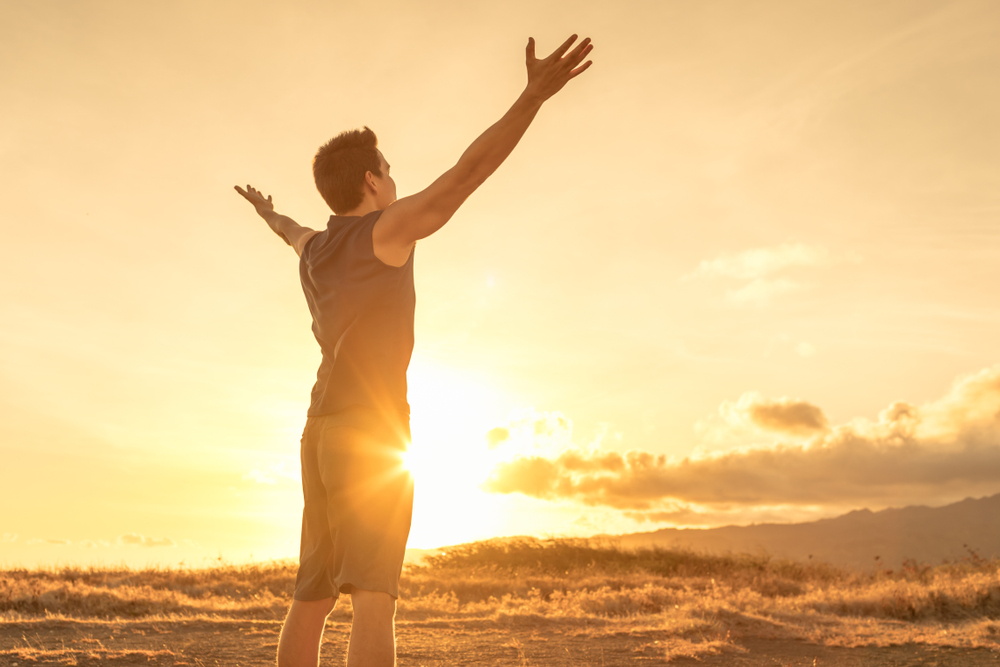Exercise can help you unwind and relax, but with limited time and space during travel, choosing the right kind of workout matters.
Getting your daily dose of exercise is oftentimes difficult when travelling. However, leaving behind your home does not mean you need to leave your exercise routine as well.
Exercise can help you unwind and relax, but with limited time and space during travel, choosing the right kind of workout matters. They should be comfortable, accessible and low-maintenance. Additionally, they should help reverse any discomfort caused by continuous sitting and energise you by promoting blood circulation and movement.
Yasmin Karachiwala, a fitness instructor took to Instagram to share tips on the same. “If you’ve ever endured a long-haul of train/flight, you know just how exhausting it can be. Today, I’m sharing with you some essential stretches to keep your feeling rejuvenated during those lengthy flights and get mobility in your neck, spine and ankle. If your flight is longer than 2-3 hours, you must try to do these stretches every 2 hours.”
Here are 5 stretches you can do in your seat to bring some movement to your body:
Neck Mobility
Our neck plays a vital role in our daily activities, from turning our heads to looking up or down, said Utsav Agrawal, fitness coach, FITTR. “Poor neck mobility can lead to discomfort and limited movement,” he added.
Steps: (4 reps each side)
*Sit upright.
*Turn your head to the right & look at the right shoulder, then drop your right ear to the right shoulder and slowly rotate your head from right to left until your left ear is over your left shoulder.
*Lift your head to look at the left shoulder and chin to the centre. *Repeat on the other side
Explaining the benefits of this exercise, Agrawal said, “Neck rotations help to increase the flexibility and range of motion in your neck, reducing stiffness and tension. This exercise also helps relieve neck pain caused by poor posture or excessive computer work.”
Thoracic Mobility
The thoracic spine or the upper back is an area that often becomes stiff and immobile due to poor posture or sedentary habits, shared Agrawal.
Steps: (4 each)
*Round your upper back, imagine you are hugging a big ball.
*Then take your hands overhead in a Y and open your chest to the ceiling.
“This exercise helps improve posture, increase shoulder mobility, and reduce upper back pain. Enhanced thoracic mobility also contributes to better breathing and improved overall spinal health,” noted Agrawal.
Spinal Rotation
The ability to rotate your spine is crucial for various activities, such as reaching across your body or engaging in sports.
Steps: (4 each)
*Take your right hand over your left knee and rotate your torso to the left.
*Repeat on the other side.
According to Agrawal, this exercise helps increase the mobility and flexibility of your spine, reducing the risk of lower back pain and improving your ability to perform rotational movements in daily activities or sports.
Glutes Stretch
The gluteal muscles are responsible for hip movement and stability. Agrawal said that stretching them regularly can enhance mobility and prevent tightness.
Steps:
*Sit upright and take one leg over the opposite knee to form a figure, *Keeping your back neutral, hinge forward from the hip and hold on for 10 seconds.
The benefits of this exercise include alleviating tightness and improving hip mobility. “It can be particularly beneficial for individuals with sedentary jobs or those who engage in activities that put strain on the glutes, such as running,” said Agrawal.
Ankle Mobility
When your ankle is flexible, you have a greater range of motion during your activities. “Including ankle stretching and strengthening in your daily routine can help prevent accidents. It also aids in walking properly and prevent knee and hip muscles from weakening,” said Agrawal.
Steps: (5-10 each)
*Circle your foot in one direction for 5 to 10 counts.
*Reverse directions.




1 Comment
albendazole tablets cost in india